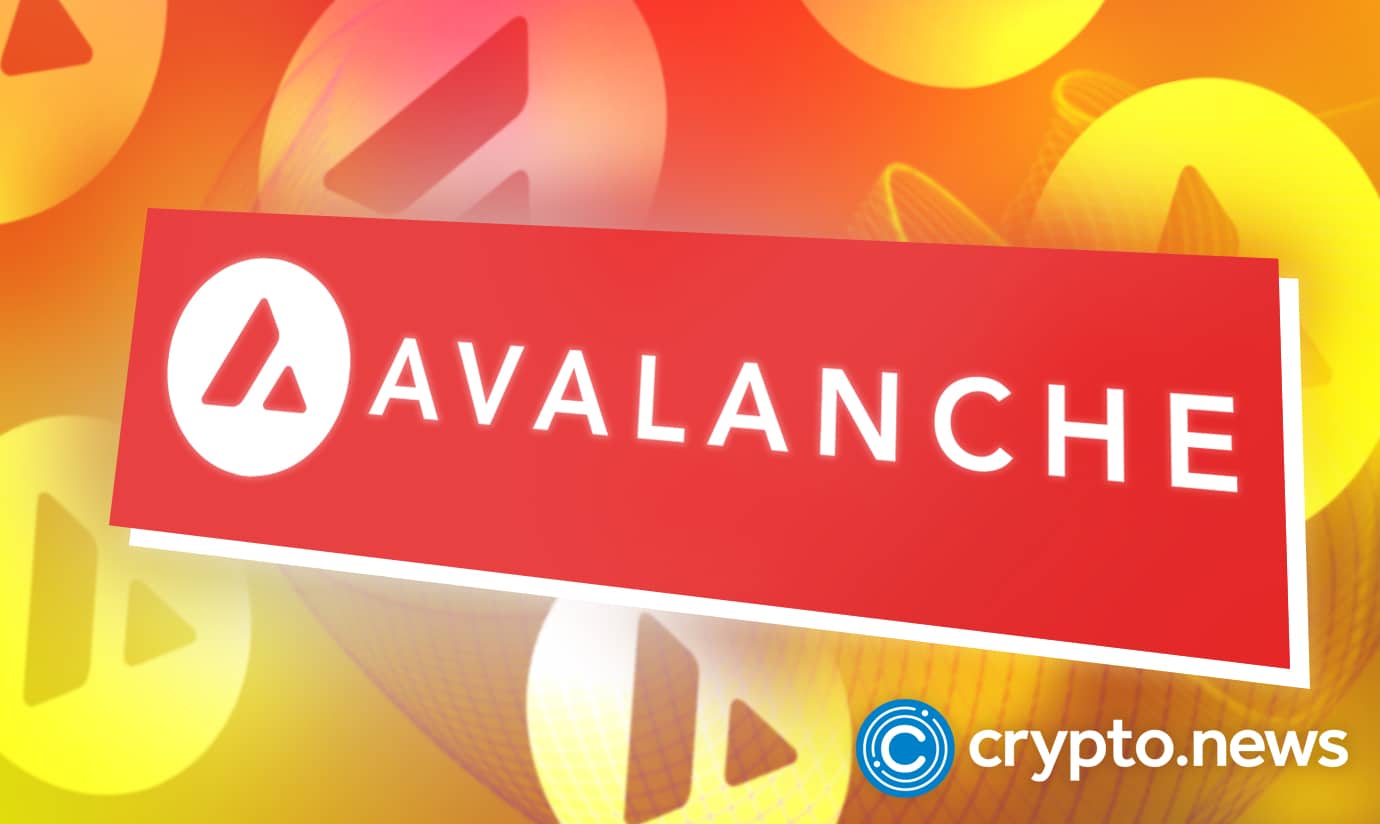Crypto Knowledge: A Beginner’s Guide to Avalanche Subnet

Avalanche is an impressive L1 in the Web 3 world. With a market cap of 6.74 billion and a TVL of 3.91 billion, it is the 15th cryptocurrency by market cap. Despite its relatively small market cap, Avalanche has managed to grow significantly. It does not have a core value proposition whereby its subnet architecture allows it to create custom blockchains.
What Is a Subnet?
The Avalanche network features three built-in blockchains: the Exchange Chain(X-Chain), the Platform Chain(P-Chain), and the Contract Chain(C-Chain). All of these are secure and validated by the Avalanche Primary Network. Members of the primary network must also have at least 2,000 AVAX to be a part of it.
Subnetworks or a subnet are dynamic groups of validators that work together to achieve consensus on a set of blockchains networks. Each block is validated by one of the subnetwork’s members. A node can be a member of many subnetworks.
A subnetwork can also require that its members have specific properties. It is useful as it allows them to manage their membership.
Scaling With Subnets
Compared to L2, subnetworks are more powerful. Subnetworks are similar to sharding, except that instead of creating new instances of the identical blockchain, they form separate instances. The difference between them is that users launch subnetworks instead of being algorithmically generated.
In addition to being able to create separate instances, subnetworks also perform various scaling tasks. One of these is allowing competing ideas to coexist with a single cryptocurrency. For instance, if you have several conflicting sharding ideas, you can create two separate subnets with different schemes. Each of these subchains could then try a different sharding scheme. You can also launch a subnetwork for larger nodes or raw on-chain scaling.
Next, you can create unlimited chains for different niche use cases through the subnetworks. For instance, you can launch a second chain after using the first one.
Multiple validators can validate different types of sub-subnets, while they can also validate the default one. The only scaling concern is that they can’t make cross-chain transfers on the P-chain, which is very efficient. Subnets can also launch their chains if needed.
One of the most significant advantages of subnets is that they never run out. Whenever you reach a scaling limit, you can still create new ones. It is very convenient, as there’s no disadvantage to doing so.
The token maintains the security of the networks that each sub-subnet has to be attached to. Otherwise, they are slightly less secure than the default. With a unique token, each sub-subnet can yield farming for a validator, as they can earn additional interest from the fees.
Benefits of Deploying a Subnet
Compliance
Regulatory compliance is more straightforward with Avalanche’s subnet architecture. Some of these regulations are that validators should be located in a particular country and pass KYC checks.
Isolating Performance
The application will not become too expensive by eliminating network congestion caused by other applications.
Customizability
You can customize the underlying blockchain to match your application needs, including virtual machines, fee structures, economic primitives, and features.
Separation of Concerns
In a heterogeneous network, some blockchains cannot validate properly due to the lack of interest from the other users. The subnet model allows them to focus on blockchains that they care about, reducing the burden on validators.
Support for Private Blockchains
To keep the contents of blockchains private, you can create a private subnet that only allows certain pre-defined validators to join. It is ideal for organizations that want to keep their information confidential.
Application-Specific Requirements
Some blockchain-based applications require that their validators have certain properties. For instance, an application might require considerable CPU power and RAM. A subnet might need to meet all the application hardware requirements to avoid experiencing low-performance issues.
Subnets: The Future or a Fad?
Despite the various blockchains’ efforts to achieve scalability, there is still no clear winner. Even with the various advantages of scaling solutions, they sacrifice some of the critical aspects of the blockchain trilemma to achieve better throughput. However, subnets do not sacrifice the Avalanche Network’s security and decentralization. Thanks to how flexible subnets are, it will also be possible to create blockchains that are regulatory-compliant and secure.
The concept of vertical scaling is not ideal, as it limits the number of applications that developers can run on a single blockchain. It is also absurd to charge users for the computational resources they consume as their user bases grow. To avoid future-proof adoption, teams should adopt vertical scaling. This method enables them to run their applications on a single blockchain while securing future growth. It also ensures that its users have fast and cheap interactions.
The increasing number of web3 products being adopted will significantly impact how we approach the issue. For instance, as Ethereum grows, other chains such as Fantom and Solana will also start to grow.
Final Thoughts
With Avalanche, you can quickly scale your blockchain using various strategies. Its base layer is a lightweight and decentralized platform that folks can use for multiple types of scaling, such as on-chain and enterprise use cases. There are also numerous subnets that users can use for private and public transactions.
Unlike L2s, which are typically only needed for centralization, subnets are not necessary for Avalanche. There are already several niche L2s that are supporting the project, such as those from ZK Rollups and blockchain startup company, Cartesi.
The Avalanche network allows the scaling of various cryptocurrencies in a unified manner. Unlike other scaling solutions, it does not require you to go through many debates to choose the best one. With Avalanche, you can quickly launch and manage different scaling strategies.
The Avalanche protocol allows simultaneous scaling of both nodes and transactional throughput. The subnetworks protocol is a cross-functional framework that enables the bridging of various scaling solutions. Together, these two protocols will make decentralization the best possible.















